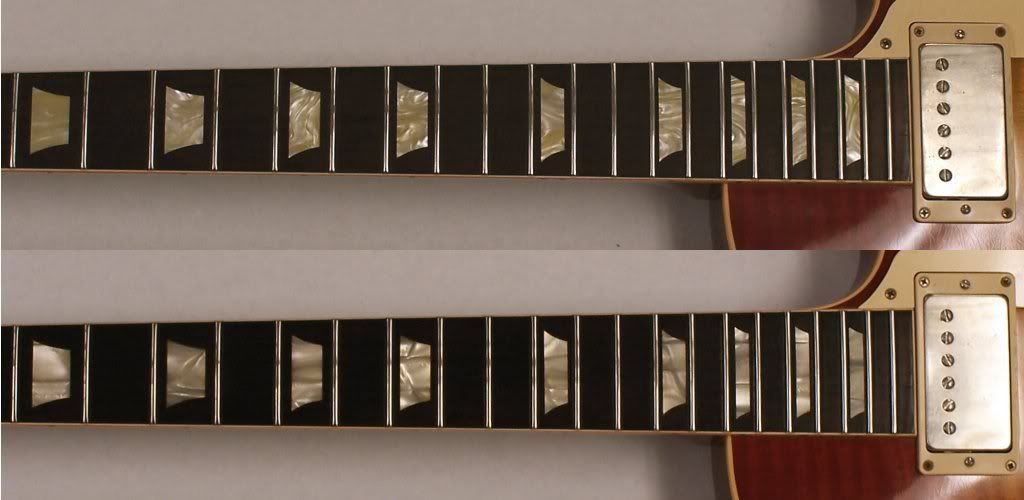Indianageo
Member
- Joined
- Oct 30, 2010
- Messages
- 32
- Reaction score
- 10
Hi All,
Just curious what the difference is between what I'm finding in the specs regarding cellulose vs acrylic trapezoid inlays in the historics? Thanks in advance.
IG
Just curious what the difference is between what I'm finding in the specs regarding cellulose vs acrylic trapezoid inlays in the historics? Thanks in advance.
IG






